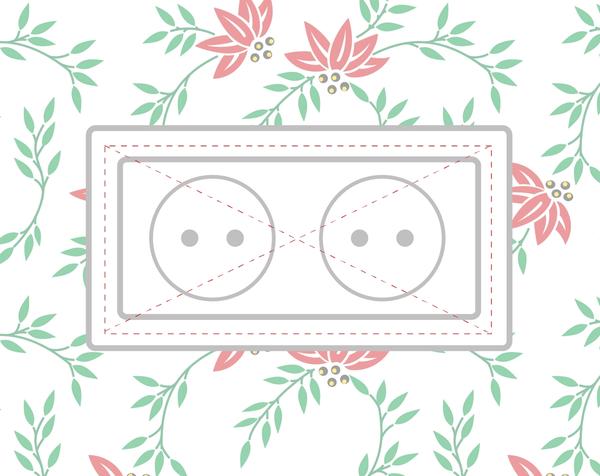Wallpaper around windows: Tips and steps for a perfect result
Wallpapering around windows can be a challenge, but with the right approach and techniques, you can easily achieve a neat and tidy result. In this step-by-step guide, you will discover how to wallpaper around windows in the best way.
Note: These instructions are specifically for recessed windows with walls on the sides (window reveals), not for surface-mounted frames. For surface-mounted frames, you can simply cut around the wallpaper as you would with skirting boards and door frames.
With these handy tips, you can wallpaper efficiently and accurately around windows without the result looking messy. Be patient and precise for the best outcome!


